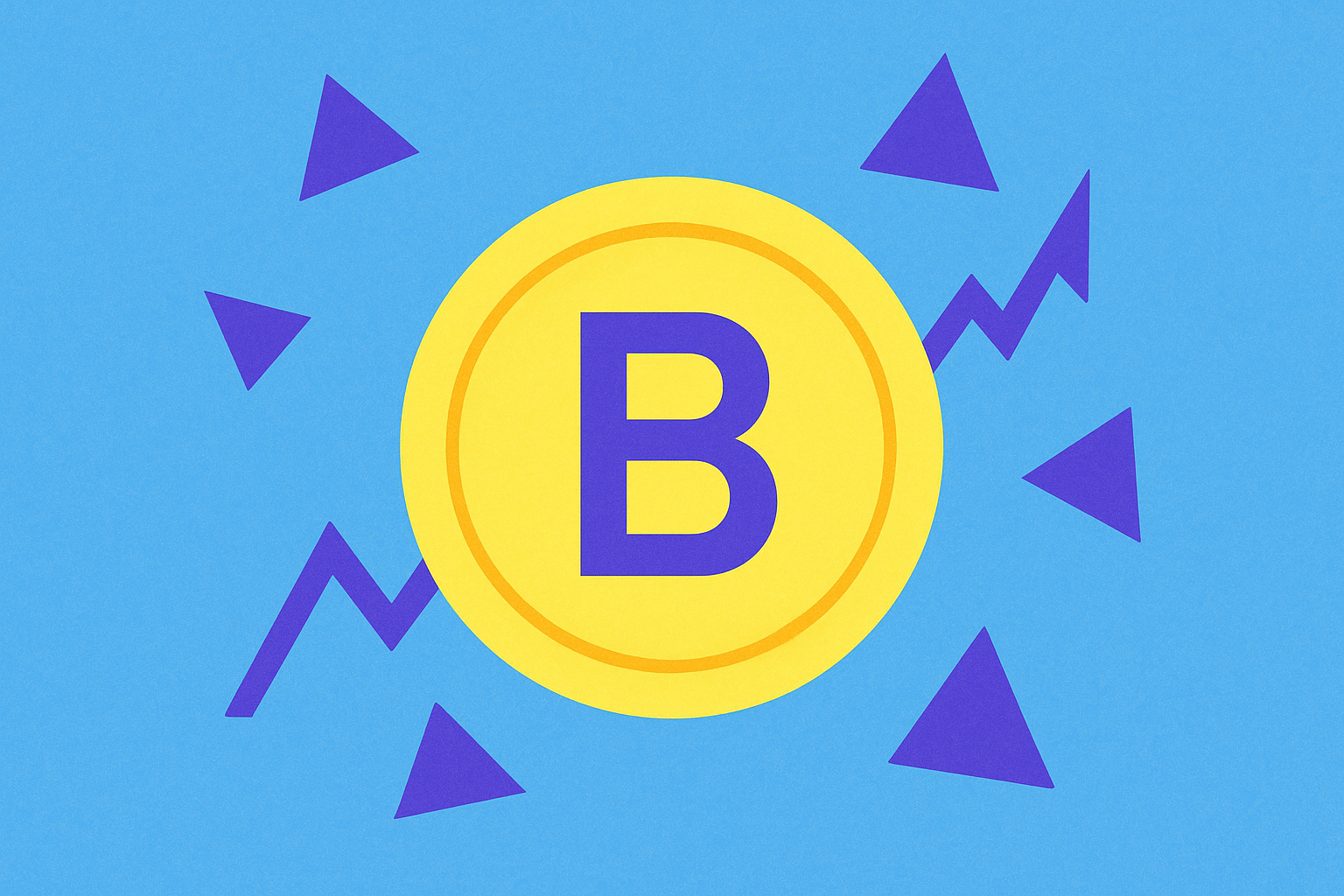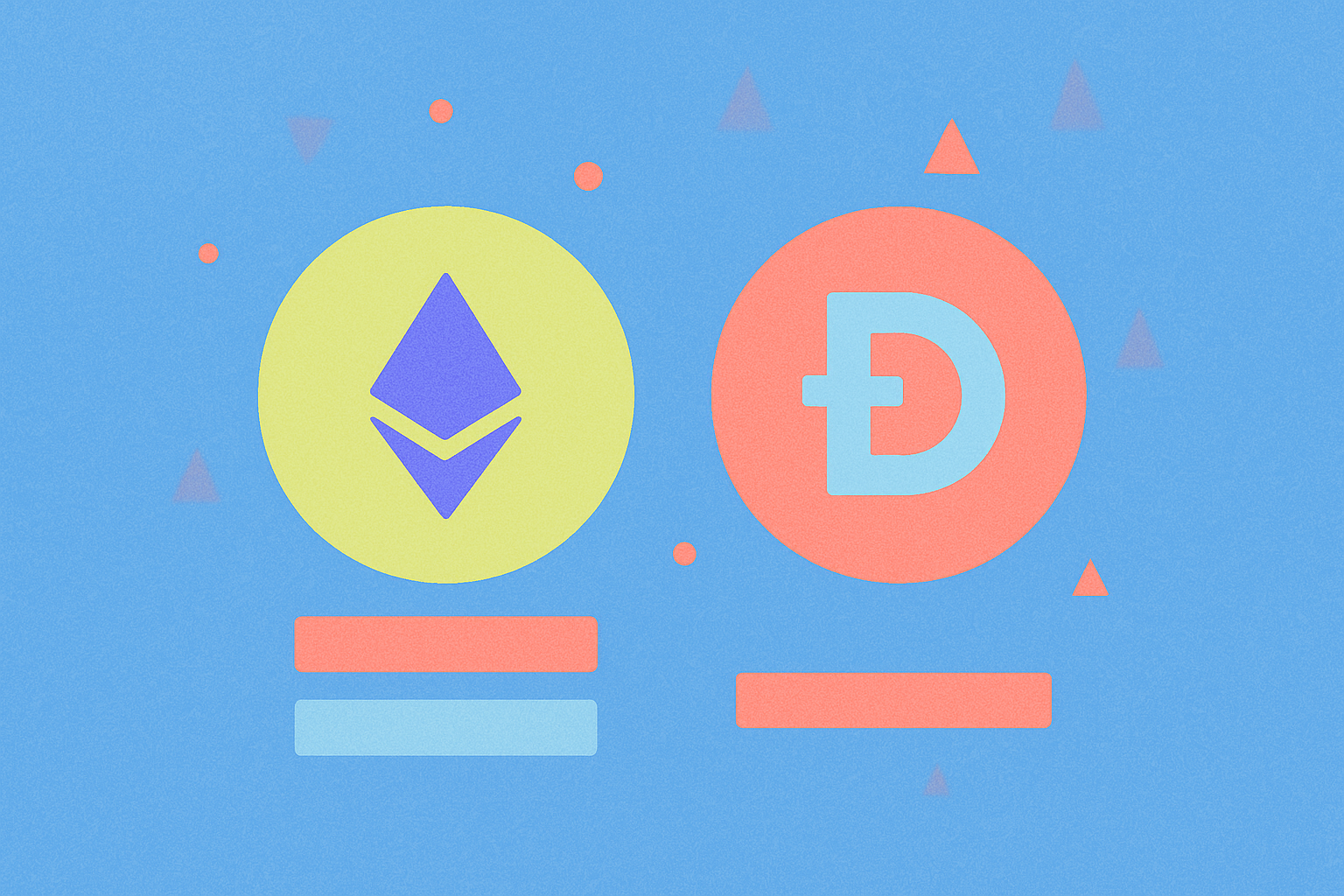Pi Network'un Beyaz Kitabının Ardındaki Temel Mantık Nedir?

Merkeziyetsiz Mobil Madencilikte SCP Konsensüs Mekanizmasının Temel Mantığı
Stellar Consensus Protocol (SCP), Pi Network’ün merkeziyetsiz mobil madencilik mekanizmasının temelini oluşturur. Geleneksel Proof-of-Work sistemlerinden farklı olarak, SCP enerji yoğun hesaplamalar gerektirmeden verimli konsensüs sağlar. Temel mantık, kullanıcıların birbirlerinin kimliğini doğruladığı güven çemberlerine dayanır. Bu yapı, hem işlem hem de ağ katılımcılarının ölçeklenebilir şekilde doğrulanmasını mümkün kılar. SCP, mevcut sosyal bağlantılardan yararlanarak hızlı blok doğrulama ve ağ bütünlüğü için bir güven ağı oluşturur. Protokolün etkinliği, işlemleri mobil cihazlarda minimum kaynakla hızlıca gerçekleştirebilmesinde açıkça görülür. SCP’nin önemli bir avantajı, ağ içindeki farklı güven seviyelerine esnek şekilde uyum sağlayabilmesidir. Bu esneklik, ağ büyüdükçe konsensüs mekanizmasının sağlamlığını korumasını sağlar. Aşağıdaki tabloda, SCP ile geleneksel madencilik arasındaki temel farklar yer almaktadır:
| Özellik | SCP | Geleneksel Madencilik |
|---|---|---|
| Enerji Tüketimi | Düşük | Yüksek |
| Donanım Gereksinimi | Mobil Telefonlar | Özel Donanım |
| Ölçeklenebilirlik | Yüksek | Sınırlı |
| Güven Mekanizması | Sosyal Çemberler | Hesaplama Gücü |
Pi Network’te SCP’nin getirdiği yenilikçi yaklaşım, erişilebilir ve sürdürülebilir kripto para madenciliği için önemli bir adım olup, blokzincir teknolojisinde dikkate değer bir evrimi temsil etmektedir.
60 Milyonun Üzerinde Kullanıcı, 19 Milyon KYC Onaylı
Pi Network, kripto para alanında etkili bir oyuncu olarak, birçok rakibini geride bırakan büyük bir kullanıcı tabanına ulaşmıştır. Ağın kullanıcı verileri aşağıdaki tabloda görüldüğü gibi öne çıkmaktadır:
| Kullanıcı Türü | Kullanıcı Sayısı |
|---|---|
| Toplam Kullanıcı | 60 milyondan fazla |
| KYC Onaylı Kullanıcı | 19 milyon |
Bu geniş kullanıcı kitlesi, Pi Network’ün artan popülaritesini ve kripto para madenciliği ile adaptasyondaki kendine özgü yaklaşımını ortaya koymaktadır. Özellikle yüksek KYC onaylı kullanıcı sayısı, toplulukta güçlü bir güven ve bağlılık olduğunu gösterir. KYC doğrulaması, ağın bütünlüğünü korumak ve yasal gerekliliklere uyum için kritik önem taşır.
KYC onaylı kullanıcıların toplam kullanıcıya oranı yaklaşık %31,67’dir; bu da Pi Network topluluğunun önemli bir bölümünün platforma tam olarak entegre olduğunu gösterir. Bu doğrulama düzeyi, ağın uzun vadeli sürdürülebilirliği ve yaygın benimsenmesi açısından büyük önem taşır. Pi Network büyüdükçe, doğrulanmış kullanıcıların artışı ağın güvenilirliği ve piyasa değerinin güçlenmesinde belirleyici olabilir.
Kullanıcı Etkileşimi ve Reklam Görüntülemelerine Dayalı Gelir Modeli
Pi Network’ün gelir modeli, kullanıcı etkileşimi ve reklam gösterimleri üzerine kuruludur. Platformda, reklamverenlerin tıklama oranından bağımsız olarak her gösterim için ücretlendirildiği gösterim başına ödeme (PPI) stratejisi uygulanır. Bu yöntem, kullanıcı etkinliği ve reklam maruziyeti temelinde düzenli bir gelir akışı sağlar. Günlük gelir, günlük aktif kullanıcı sayısı ile kullanıcı başına ortalama reklam gösterimi çarpılarak hesaplanabilir. Örneğin:
| Metrek | Değer |
|---|---|
| Günlük Aktif Kullanıcı | 10.000.000 |
| Kullanıcı Başına Reklam Gösterimi | 2,5 |
| Toplam Günlük Reklam Gösterimi | 25.000.000 |
Bu model, hem gelir üretir hem de Pi token sistemiyle kullanıcı katılımını teşvik eder. Kullanıcılar reklamlara etkileşimle Pi token kazanabilir ve bu tokenları ekosistem içinde ürün veya hizmet alımında kullanabilirler. Döngüsel ekonomi sayesinde kullanıcılar platformda kalırken, reklamverenler de sürekli bir hedef kitleye ulaşır. Modelin başarısı, Pi Network’ün güncel 0,20697 ABD doları fiyatı ve 1.713.762.659 ABD doları piyasa değeriyle piyasadaki etkisinde açıkça görülmektedir; bu da kullanıcı odaklı gelir modelinin etkinliğini kanıtlar.
Belirgin Teknik Yenilik ve Güçlü Ekosistem Eksikliği
Pi Network’ün belirgin teknik yenilik ve sağlam bir ekosisteme sahip olmaması, sınırlı borsa listeleri ve yetersiz yasal uyumluluğunda açıkça görülmektedir. Büyük borsalarda listelenmemesi ve tokenomik şeffaflığı eksikliği, talep artışı önünde önemli engeller oluşturmuştur. Pi, 60 milyonu aşkın kayıtlı kullanıcıya sahip olduğunu belirtse de, 9,16 milyar ABD doları tahmini piyasa değeriyle ilk 15 kripto para arasında yer almasına rağmen önde gelen borsalarda hâlâ işlem görmemektedir. Bu çelişki, projenin gerçek faydası ve benimsenmesi konusunda soru işaretleri doğurmaktadır.
Projenin mobil madencilik odağı başlangıçta cazip olsa da, bu yön güçlü bir teknolojik altyapı veya çeşitli bir ekosistemle desteklenmemiştir. Yerleşik kripto paralarla yapılan karşılaştırmalar, Pi’nin eksiklerini net biçimde ortaya koymaktadır:
| Özellik | Pi Network | Önde Gelen Kripto Paralar |
|---|---|---|
| Borsa Listeleri | Sınırlı | Yaygın |
| Yasal Uyum | Yetersiz | Daha Kapsamlı |
| Teknolojik Yenilik | Asgari | Sürekli Gelişim |
| Ekosistem Çeşitliliği | Sınırlı | Geniş |
Analistler, Pi değerinin 2026’ya kadar 0 ABD dolarına gerileyebileceğini öngörmekte; bu da kripto piyasasında işlevsellik, yasal uyum ve sağlam tokenomik gerekliliğine dikkat çekmektedir. Bu öngörü, piyasada kanıtlanmış teknoloji, net kullanım alanı ve şeffaf geliştirme süreçlerine sahip projelerin öne çıktığını gösterir. Bu unsurların Pi Network’te eksikliği, projenin geleceği için risk oluştururken, rekabetçi kripto para ekosisteminde uzun vadeli başarı için güçlü teknik gelişmeler ve daha sağlam bir ekosistem gerekliliğini vurgular.
SSS
Pi coinlerin bir değeri var mı?
Evet, Pi coinlerin değeri vardır. 2025 yılı itibarıyla, önemli borsalarda işlem görmekte olup ciddi piyasa değeri ve günlük işlem hacmine sahiptir; bu da Web3 ekosistemindeki benimsenme ve kullanım alanının arttığını göstermektedir.
1000 Pi kaç dolar?
20 Ekim 2025 tarihi itibarıyla, 1000 PI güncel piyasa fiyatına göre yaklaşık 56,54 ABD dolarıdır.
Bugün 1 Pi coin ne kadar?
20 Ekim 2025 tarihi itibarıyla, 1 Pi coin 0,2069 ABD dolarıdır. Bu fiyat, dünkü seviyeye göre %5,1’lik bir düşüş göstermektedir.
Pi coin satılıyor mu?
Evet, Pi coin satılmaktadır. KYC tamamlandıktan ve açık ana ağa geçiş yapıldıktan sonra, kullanıcılar belirli platformlarda Pi satabilir. İşlem hacmi artmakla birlikte hâlâ sınırlı seviyededir.

2030 yılına kadar Kaspa'nın on-chain veri analizleri nasıl evrilecek?

Pi Network'ün Gerçek Değeri Ne: Mobil Madencilik Projesinin Temel Analizi

Pi Network'ün zincir üstü verileri, platformun gerçek kullanıcı katılımını nasıl gözler önüne seriyor?

Bitminer Bot: Hype'a Değer Mi Yoksa Bir Kripto Tuzağı Mı?

Bitcoin Cash Fiyat Analizi: BCH Piyasa Trendleri ve 2025 için İşlem Stratejileri

Bitget Token Fiyatı 2025: Yatırım Analizi ve Piyasa Performansı

Undeads Games (UDS) iyi bir yatırım mı?: Risk, potansiyel getiriler ve piyasa uygunluğu üzerine kapsamlı bir analiz

BUILDon (B) iyi bir yatırım mı?: Performans, riskler ve geleceğe yönelik beklentilerin kapsamlı bir analizi

Vision (VSN) iyi bir yatırım mı?: 2024 yılı için Token Performansı, Piyasa Potansiyeli ve Risk Faktörlerinin Kapsamlı Analizi

Arweave (AR) iyi bir yatırım mı?: 2024’te Riskler, Fırsatlar ve Piyasa Potansiyeline Kapsamlı Analiz

Sonic (S) iyi bir yatırım mı?: 2024’te Fiyat Tahminleri ve Piyasa Potansiyeline Kapsamlı Bir Analiz







